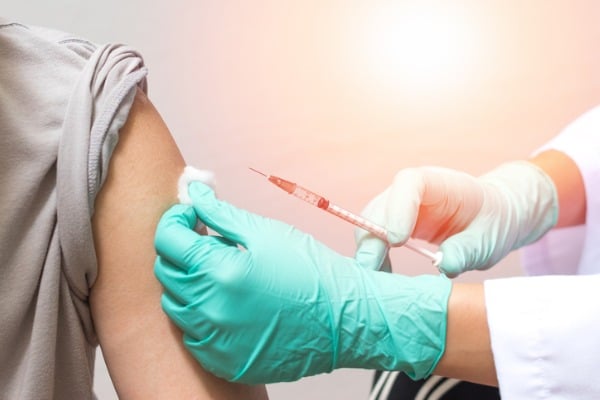Overview
During 2019, NHS England and NHS Improvement undertook a significant review of vaccination and immunisation payment mechanisms. The previous payment system was outdated and far from ideal. The reforms in the current GP Contract 2020-21 provide a set of incentives to increase vaccine coverage with higher payments.
Global Sum Payment
Vaccinations and immunisations are now an essential service rather than an additional service, with all practices expected to offer all routine, pre- and post-exposure vaccinations and NHS travel vaccinations to their registered eligible population. The global sum is protected, in line with the five-year agreement, and will continue to cover NHS travel vaccinations and pre- and post-prophylaxis vaccinations.
New Core Standards
New core standards are now in place for the provision of vaccination and immunisation services to address historical differences in practice’s approaches and new technology. There are five core components:
- All practices must have a named lead for vaccination services
- Practices must ensure the availability of sufficient trained staff and convenient, timely appointments to cover 100% of their eligible population
- Practices must ensure their call and recall and opportunistic offers are made in line with national standards
- Practices must participate in agreed national catch-up campaigns
- Practices must adhere to defined standards for record keeping and reporting of coverage data – for contract monitoring, payment purposes and coverage monitoring
Payment Changes
The standard Item of Service (IoS) fee is £10.06, fixed for the next three years.
The move to an IoS payment means that practices are rewarded for the extra work of an additional vaccine. This could benefit practices who achieve less than the 70% target for child immunisations and pre-school boosters who currently do not receive any payment at all for this work.
However, where practices do not achieve a minimum of 79% coverage for routine childhood vaccines there will be a clawback. In the latter case, a repayment of a proportion of earnings will be triggered as follows (e.g. if the eligible cohort is 300):
£10.06 x 300 = £3,018
(Value of IoS fee) x (50% of eligible cohort size) = (clawback)
Two-Year Transition
The key changes for the next two years are:
2020-21
- The IoS payment applies to all MMR 1 and 2 vaccinations
- PCN investment through the Investment and Impact Fund (IIF) for flu vaccination coverage for over 65s, in collaboration with community pharmacies
- Existing flu QOF indicators will be reviewed
- A monthly aspiration payment with a final balancing payment at year end
2021-22
- The IoS will apply to routine vaccines given outside the routine schedule where clinically indicated and will include childhood vaccines e.g. 6-in-1 (Dip, Tet, Polio, Pertussis, HiB and Hep B), rotavirus PCV, Men B and HiB/MenC)
- Incentive payments for targets achieved, based on 2020-21 data, e.g. MMR
- New QOF domain for routine schedule vaccinations set at 90% target threshold
- Restructure and consolidate all flu QOF indicators – with protected money from the freed up QOF points and paid at network level through the IIF
- Childhood Immunisation DES retired from April 2021
- All vaccine payments will be made via CQRS using automated data extraction






